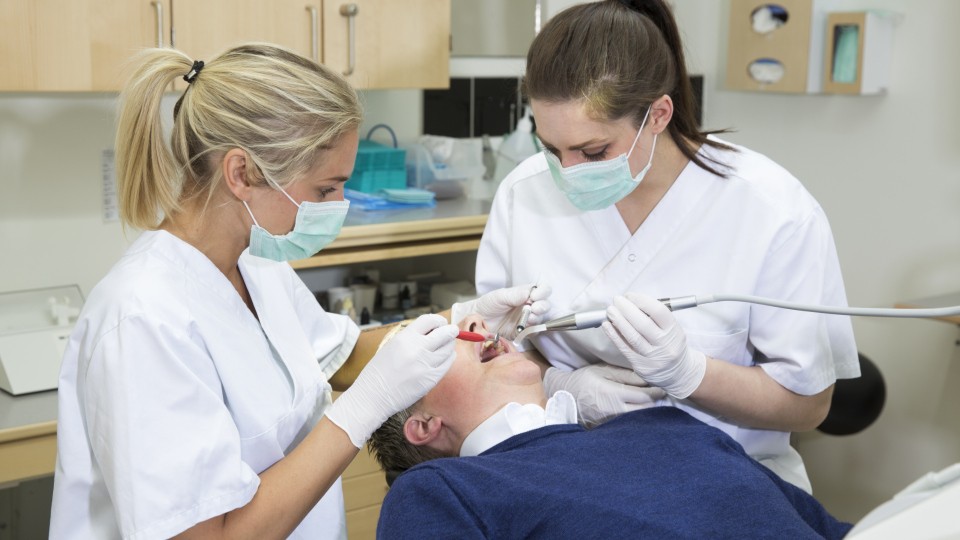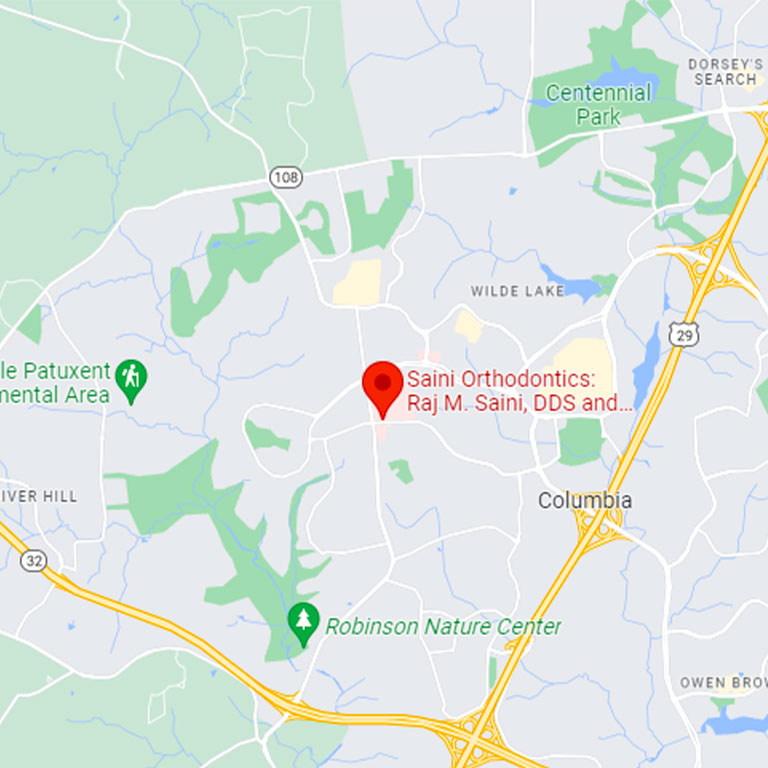Women in Orthodontics

The history of women in orthodontics is very similar to the history of women in any medical field in the last two centuries: a fight for access and recognition that has led to ever increasing opportunities.
Women Dentists of the 19th Century
In the 19th century, as professional dentistry became more scientific and organized, most people believed that women were physically and mentally unable to study science and medicine at higher levels. And they were certainly not suited to the rigors of life as practicing dental professionals. According to one Dr. George Baker in 1865, “the very form and structure of woman unfits her for its [dental surgery] duties.”
One woman, however, was already proving that this was far from the truth.
Emeline Roberts Jones, one of the most famous pioneers of women in dentistry, began studying and working in secret after her husband, dentist Daniel Jones, denied her a position in his own practice. Emeline went on to fill or extract hundreds of teeth before finally convincing Daniel to take her on as an assistant in 1855. After Daniel’s death in 1864, Emeline took over the practice, providing dental care to patients throughout eastern Connecticut and Rhode Island. She ultimately retired in 1915 but not before receiving several awards, serving on the Woman’s Advisory Council of the World’s Columbian Dental Conference in 1893, and being named an honorary member of the National Dental Association in 1914.
Lucy Hobbs Taylor was another trailblazer. Denied entry to formal dental schools, Lucy convinced practicing dentists to take her on as an apprentice before striking out on her own and eventually gaining acceptance into the Iowa State Dental Society. By 1866, Lucy was the first female Doctor of Dental Surgery, a title granted by the Ohio College of Dental Surgery. She would later say: “People were amazed when they learned that a young girl had so far forgotten her womanhood as to want to study dentistry.”
Women in Dental Education
Despite Emeline and Lucy’s success and the creation of several women’s dental associations, women practitioners remained a rare sight through the first half of the 20th century.
The tide began to turn, however, thanks to the influence of the women’s liberation movement and the general growth of women in white collar positions.
The passing of Title IX in 1972 granted women equal access to educational opportunities, leading to a steady increase of female dental and orthodontics students.
Women also made great strides in dental education leadership: in 2010 there were over 100 women deans and associate/assistant deans in dental schools. Meanwhile, dental school enrollment is now evenly split between women and men.
Achieving Equality in Orthodontics
In 2021, close to 35% of all practicing dentists identified as women, while women made up 66% of dentists below the age of 44 and 97% of practicing dental hygienists.
Membership data from the American Association of Orthodontists show a similar increase in female orthodontic professionals. While only 34% of all active and lifetime members are women, the gender parity is nearly equal for younger members (49% women vs 51% men). Female student members outnumber their male counterparts at 58% to 42%. At the current pace, the AAO estimates their membership will be 50% women in about 15 years.
Women dental professionals still face challenges due to their gender. They often earn less than their male colleagues and are less likely to own their own practice. But thanks to the tireless efforts of women like Emeline Roberts Jones, Lucy Hobbs Taylor, and the millions who followed in their footsteps, the orthodontic field has and continues to make enormous progress towards gender parity and equality for all.


Leave a Reply
Want to join the discussion?Feel free to contribute!